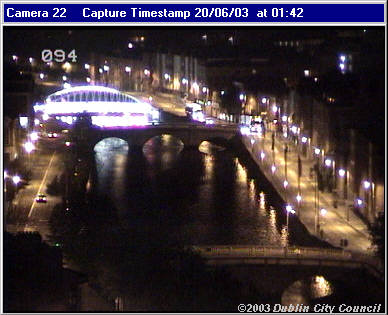In response to this post regarding Ireland’s piracy rate of 42%, Simon pointed out a possible flaw in the methodology on the forum;
‘Although they could be comparing high software usage to negligible software sales in Ireland. Anyone with a half decent purchasing dept will buy from the UK or US to avoid ridiculous euro pricing. Compare prices on the Macromedia Store’s shop, Studio MX in International English for $899 in the international store, $1133 in the UK store, or $1180 in the Euro store (all prices ex-taxes).’
So I took a look over the weekend. Here’s the page on the survey. In the PDF, page 12-13, they describe the methodology. my comments:
-
‘To estimate software demand, IPR developed ratios for the amount of software installed on each PC. This was developed from market research on the U.S. market.’ Do all markets really use the same software on their PCs? e.g. Asian markets will use text-entry apps, US markets will not.
-
‘the difference between software applications installed (demand) and software applications legally shipped (supply) equals the estimate of software applications pirated.’
-
‘Uplift factors’ are applied to generalize software shipment data from the participating companies, first to the entire US industry, then to the world. ‘These uplift factors include estimates for open-source software. For this study, IPR has assumed that open source software is free and not pirated.’ eh, thanks ;)
I’m not quite sure what this means, but I think it means that they make an estimate of how much of the software shipment data represents OS software, and then add that to the ‘legally shipped’ side.
-
‘IPR believes that certain software shipments in the data collected from participating companies are reported for one country, but the software is exported and used in another country. In order to account for this and to eliminate this effect from the piracy study as much as possible, net import estimates were developed on a country-by-country basis.’
This covers Simon’s point — but it’s not 100% clear, since those biases aren’t listed. I wonder if it takes into account Ireland’s paradoxical situation; while Ireland is (or was, at least) the world’s top exporter of software, it’s still cheaper for Irish users to import software applications from overseas ;)
Dublin: the new bridge just down the road from my house has finally been completed — in time for Bloomsday it seems, since it’s named after Joyce. Obligingly, the Dublin traffic camera operators have got a great night shot of it:

